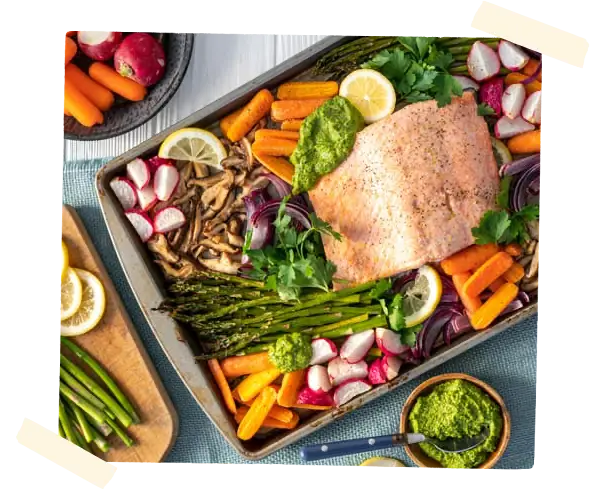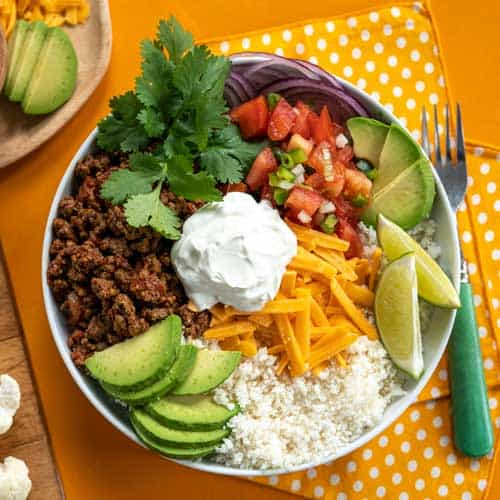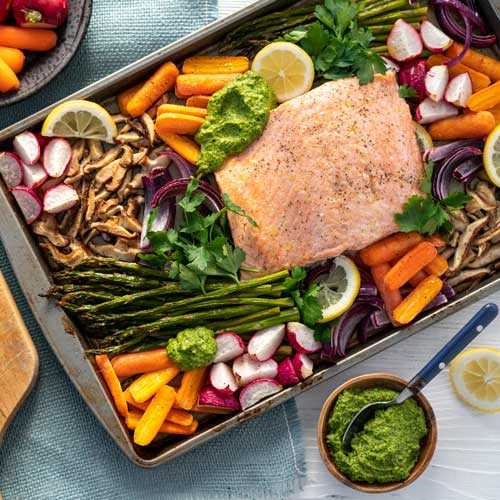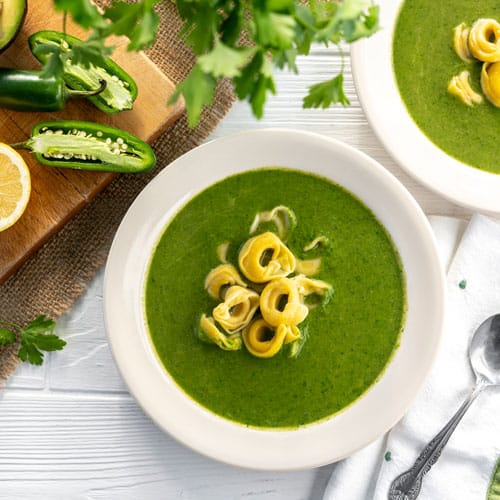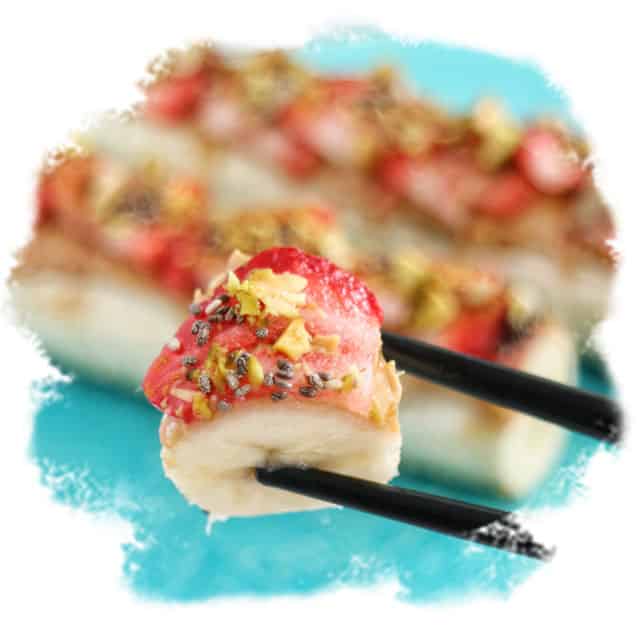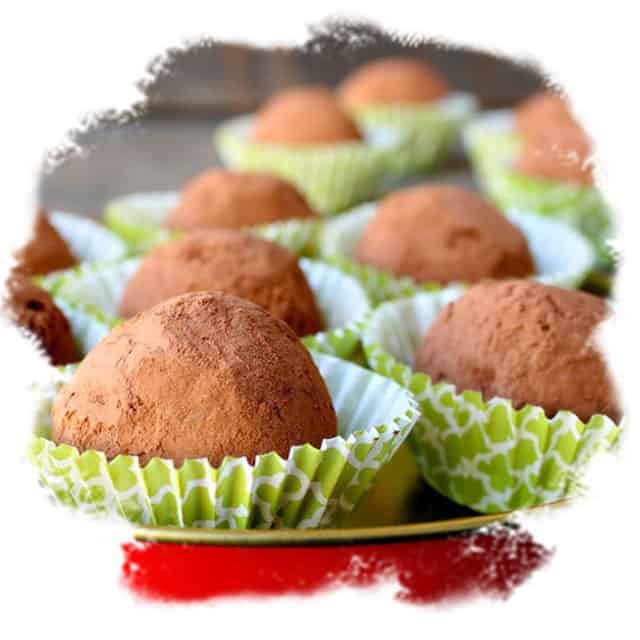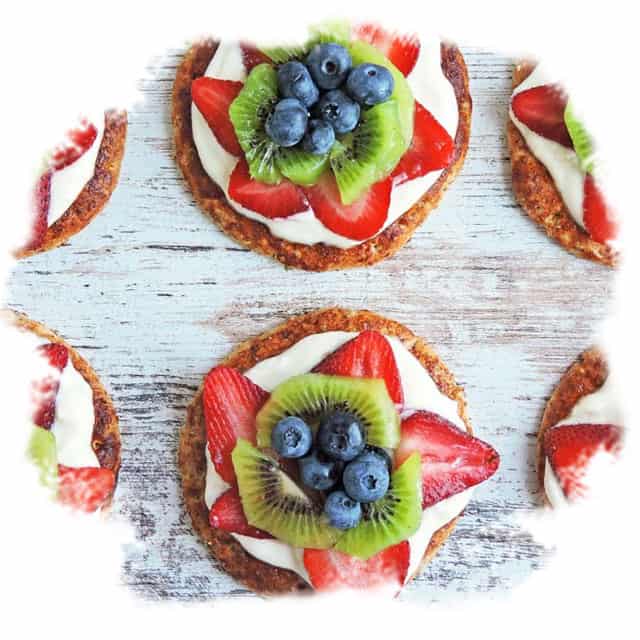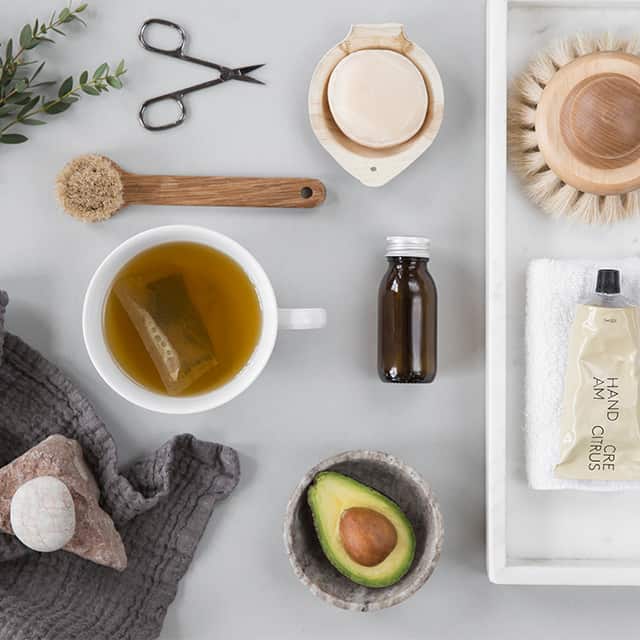
The New Year is full of big goals and new routines, but you can’t achieve great things if you aren’t taking care of your body and mind. Next time you’re feeling a bit stressed, take a step back and implement some of these self-care tips so you can be your best year-round!
Physical Self-Care
Physical self-care includes all the things that allow your body to function properly. From getting enough sleep to supplementing nutrient deficiencies with vitamins, these all can make a huge impact on your overall well-being. Make sure you’re staying active, fueling your body with proper fruits and veggies, and staying on top of your physical health.
Meditation
Once you have taken care of yourself physically, meditation becomes a great tool to quiet the mind and relax. Often times we have a long to-do list and don’t take the time we need to recharge. Meditation allows you to put the phone away, sit quietly with your thoughts and focus on the moment. Challenge yourself to spend 5 minutes a day with no distractions and focus on your thoughts and taking meaningful, deep breaths.
Establish a Morning Routine
Often times the mornings are chaotic with getting kids dressed and off to school, grabbing coffee and burnt toast and off to work we go! This results in a rush of cortisol to start the day which can leave you feeling sluggish and fatigued later on. Establishing a solid morning routine allows you to set the tone for the day and remain in control of your energy. Start with something as simple as making your bed, then add in a morning stretch or anything else that will help you have a more peaceful day.
Start a Journal
If you haven’t journaled before it can seem overwhelming to put all your thoughts onto paper, but have no fear! By allowing yourself to express and feel your emotions through writing, you won’t bottle up daily stressors that can lead to bigger issues down the road. Start by taking 20 minutes, in the morning or at night, to write anything that comes to mind! If it helps, start by writing about your day and let the pen do the rest. Don’t worry about spelling- just get it all out!
Essential Oils
Aromatherapy is a type of alternative medicine that relies on your powerful sense of smell. When inhaled, essential oils stimulate the olfactory senses and also interact with the respiratory system and brain, especially that part of the brain called the limbic system. Certain essential oils help to promote rest and relaxation, making them a great addition to your self-care tool kit. Get started with these great oils below:
- Sleep by Everyone Essential Oils
- Peaceful Sleep from Now® Essential Oils
- Pillow Potion by Aura Cacia
Pamper Yourself
You deserve it! When life gets stressful, it’s important to take some time for yourself. A great way to do this is by taking a long bath with Epsom salt or a bath bomb, try a
DIY Vanilla sugar Scrub, or indulge in your favorite treat like a glass of wine or chocolatey dessert. While these seem so simple, your body and mind will thank you.
Shop Self-Care
 The New Year is full of big goals and new routines, but you can’t achieve great things if you aren’t taking care of your body and mind. Next time you’re feeling a bit stressed, take a step back and implement some of these self-care tips so you can be your best year-round!
The New Year is full of big goals and new routines, but you can’t achieve great things if you aren’t taking care of your body and mind. Next time you’re feeling a bit stressed, take a step back and implement some of these self-care tips so you can be your best year-round!





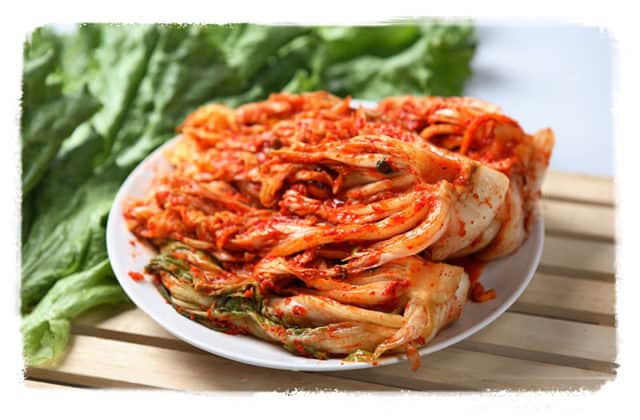 Gut health is one of the hot topics in nutrition research right now. It turns out, the bacteria that take up residence in your belly may play a significant role in wellness. Indeed, studies have found a healthy gut can support your immune system and shows promise in decreasing risk for colon cancer, food allergies, inflammatory bowel disease and obesity.
Although research is still in the works, one thing is certain: when it comes to good bacteria, strength comes in numbers. With that in mind, here are three types of food you can add to your diet to boost beneficial bacteria.
Gut health is one of the hot topics in nutrition research right now. It turns out, the bacteria that take up residence in your belly may play a significant role in wellness. Indeed, studies have found a healthy gut can support your immune system and shows promise in decreasing risk for colon cancer, food allergies, inflammatory bowel disease and obesity.
Although research is still in the works, one thing is certain: when it comes to good bacteria, strength comes in numbers. With that in mind, here are three types of food you can add to your diet to boost beneficial bacteria.


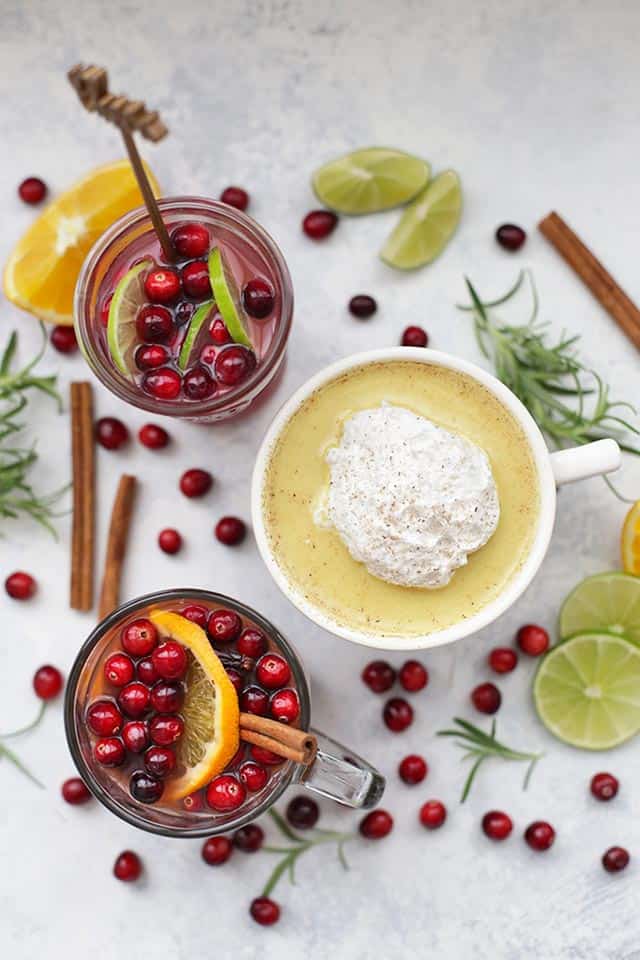 What are your holiday plans this year? We’re keeping things fairly low-key—no fancy dress-up parties to attend, and no traveling. But that doesn’t mean we aren’t celebrating! We’re home for the holidays this year, so we’re doing everything we can to make them special. Click the button below to learn how to make three of Emily’s favorite holiday drinks.
What are your holiday plans this year? We’re keeping things fairly low-key—no fancy dress-up parties to attend, and no traveling. But that doesn’t mean we aren’t celebrating! We’re home for the holidays this year, so we’re doing everything we can to make them special. Click the button below to learn how to make three of Emily’s favorite holiday drinks.



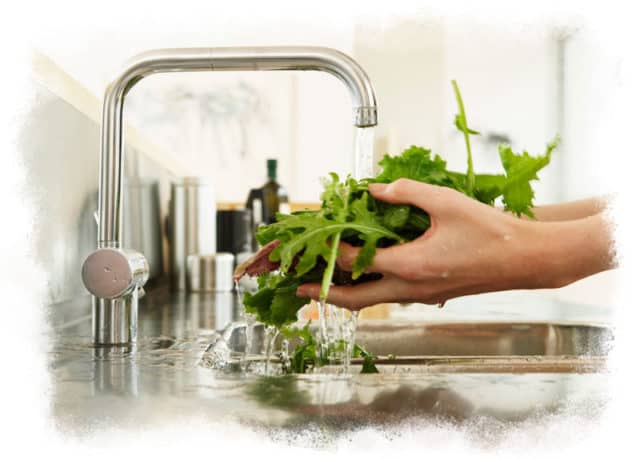
 Thinking about the environment and sustainability? Here are a couple of logos to look out for if you’re looking to up your green-consumer game.
Thinking about the environment and sustainability? Here are a couple of logos to look out for if you’re looking to up your green-consumer game.
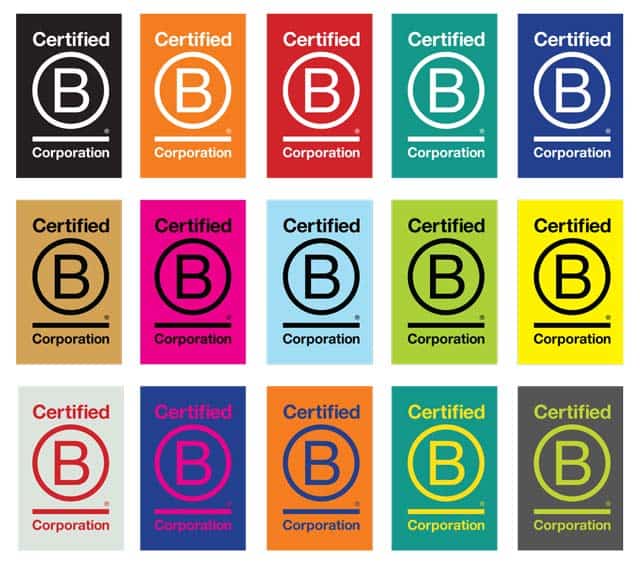

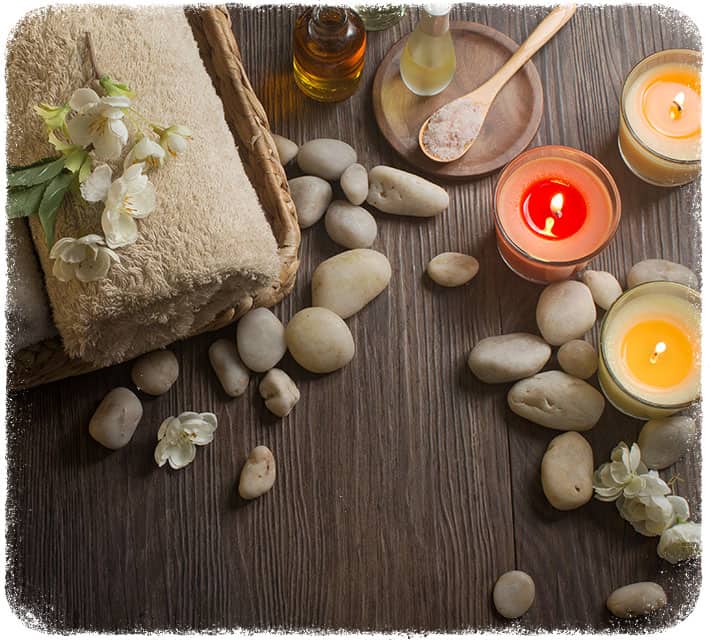
 There are a lot of benefits to meal prepping in order to create multiple meals or snacks for the upcoming week. It can reduce stress, save time and money, and help you and your loved ones eat a little healthier, too.
There are a lot of benefits to meal prepping in order to create multiple meals or snacks for the upcoming week. It can reduce stress, save time and money, and help you and your loved ones eat a little healthier, too.
